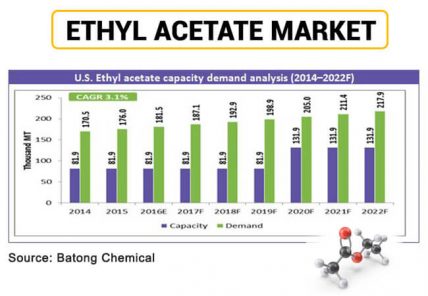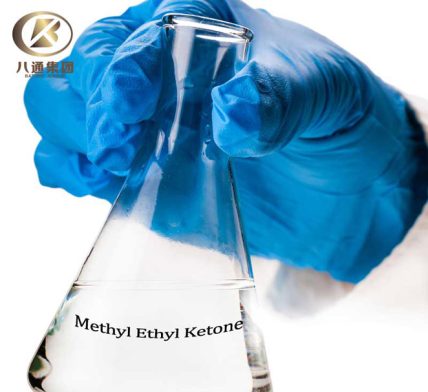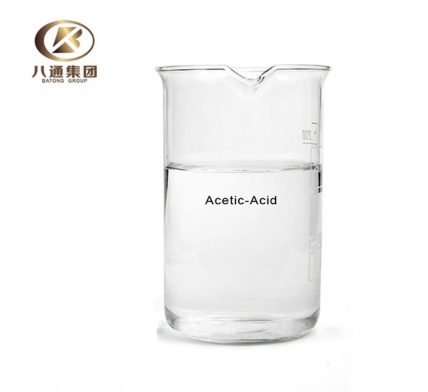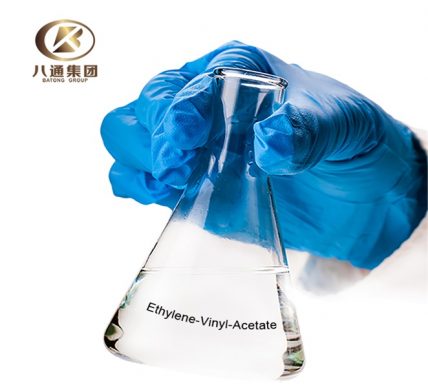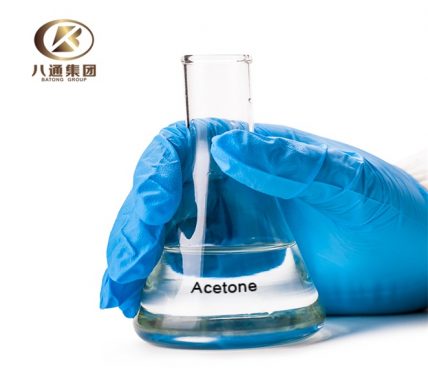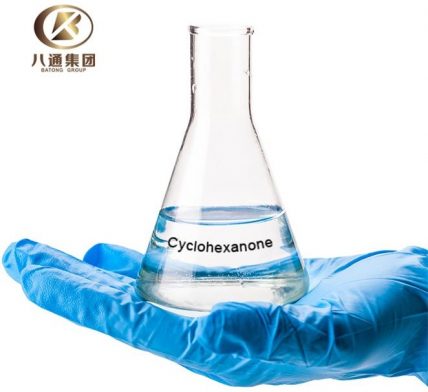What is Green Methanol?
Green Methanol is called "methanol produced via a process that emits zero or a minimal amount of GHGs, usually measured as an equivalent amount of CO2." Green Methanol is produced from sustainable biomass, typically called bioethanol, or from carbon dioxide and hydrogen produced from renewable electricity, typically called e-methanol. With more projects coming online that are utilizing renewable feedstocks and captured CO2, the term "renewable methanol" has also emerged and is used to refer to methanol that significantly reduces greenhouse gas intensity and contributes to the energy transition of end-user markets.
Why should we use Green Methanol?
Methanol comes from coal and Methanol production needs 165 million mt/year of carbon emissions. This represents 0.3% of the world's total, according to the International Methanol Producers and Consumers Association.
This grey methanol is currently widely used in the transportation industry. Since the beginning of the year, conventional methanol prices have averaged below $370/mt in Japan and Green Methanol sells for $400/mt. Thus, it would help achieve net zero emission goals.
Green Methanol appears to be a solution to the problem, although it is more expensive. Thus, the green energy source sells for as little as $390/mt. Thus, it would help achieve net zero emission goals.
As more industries begin their energy transition journey, companies are increasingly turning to "green" methanol to help reduce harmful emissions entering the atmosphere through their chemical production process.


